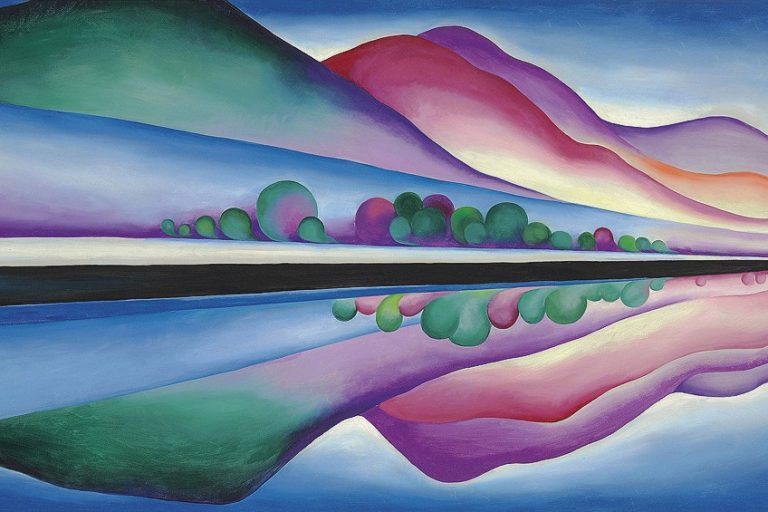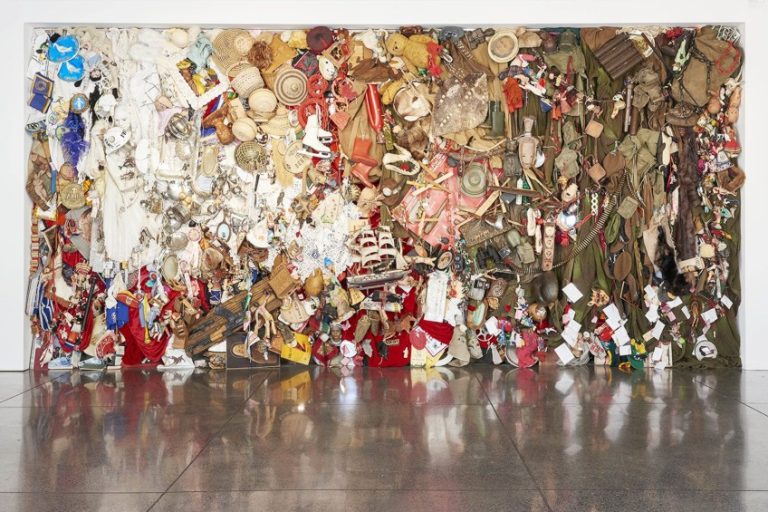Emily Carr – A Pioneer of Modernism
Emily Carr was a pioneering Canadian artist and writer whose work profoundly shaped the visual and cultural landscape of British Columbia. Renowned for her expressive landscapes and vivid depictions of Indigenous culture, Carr’s art reflects her deep connection to the natural environment and her respect for the First Nations peoples. Influenced by Post-Impressionism and Modernism, her bold use of color and form captures the rugged beauty and spiritual essence of the Canadian West Coast. Despite facing significant challenges as a female artist in a male-dominated field, Carr’s legacy endures, celebrated for its unique blend of artistic innovation and cultural sensitivity.
Key Takeaways
- Emily Carr is a renowned Canadian artist and writer.
- Her art captures the landscapes and cultural heritage of the Pacific Northwest.
- Emily Carr’s legacy is prominent in Canadian art and literature.
Early Life and Education
| Birth | December 13, 1871 |
|---|---|
| Death | March 2, 1945 |
| Place of Birth | Victoria, British Columbia, Canada |
| Genre of Work | Landscape painting, Modernism, and Post-Impressionism |
Emily Carr is one of Canada’s most celebrated artists, famous for her vivid paintings and powerful writing. Born on December 13, 1871, in Victoria, British Columbia, she spent her life capturing the beauty of the Canadian landscape and the rich traditions of the First Nations people. Her works are a blend of modernism and post-impressionism, reflecting her deep connection with her environment. Emily’s paintings often explore the wild landscapes of the Pacific Northwest and the cultural heritage of indigenous communities.
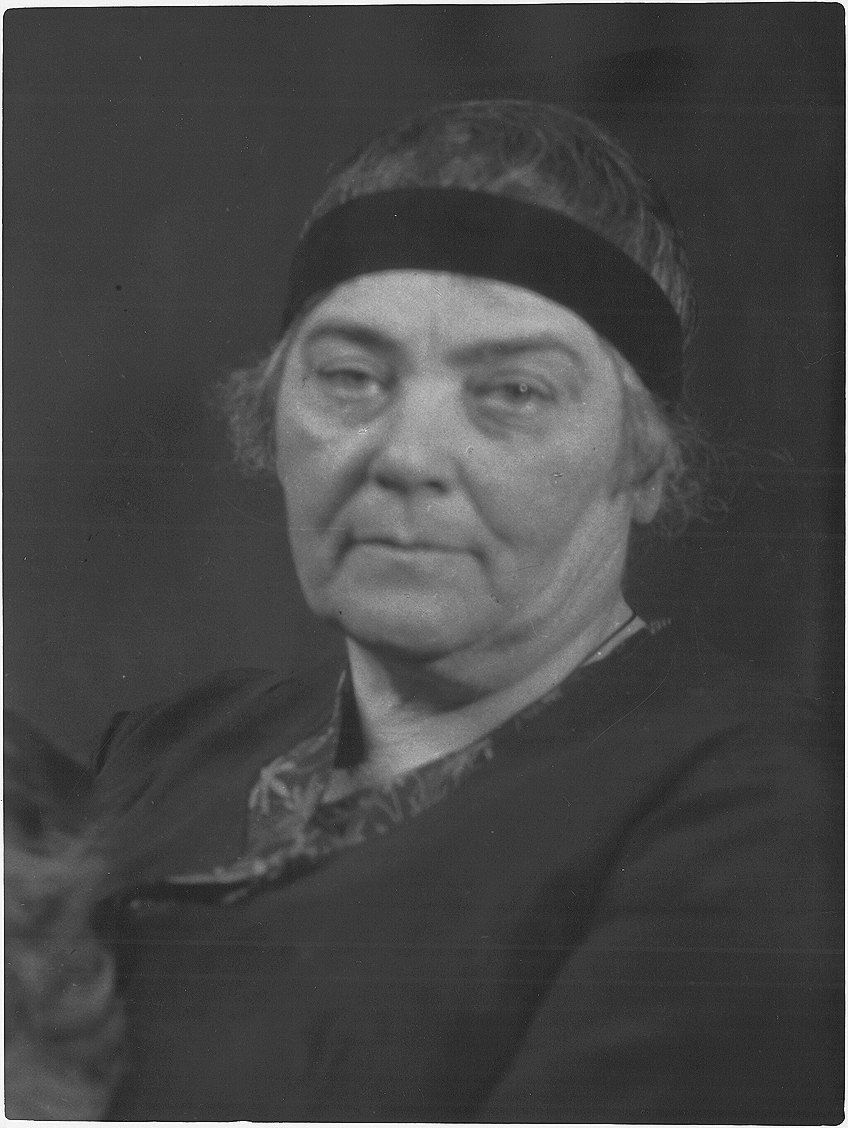
Her art is known for its bold lines, dynamic compositions, and vibrant colors. She often depicted totem poles and village scenes, showcasing the spiritual and cultural connection she felt with the First Nations. Besides her contribution to visual arts, Emily was also an accomplished writer, known for her “complete candour” and “strong prose.” Her books give insight into her thoughts, experiences, and the world she observed around her.
Today, Emily Carr stands as a vital figure in Canadian art history, leaving a legacy that continues to inspire.
Childhood in Victoria
Emily Carr was born on December 13, 1871, in Victoria, British Columbia. She was one of nine children in her family. Growing up in a large household, she developed an early interest in the natural world around her. Carr spent much of her childhood exploring the coastal landscapes of British Columbia, which later influenced her work as an artist. Her experiences in Victoria planted the seeds for her lifelong passion for depicting the region’s scenery and indigenous cultures.

Studies in San Francisco and Europe
Carr’s formal education in art began in 1888 when she enrolled at the California School of Design in San Francisco. Here, she honed her skills in drawing and painting. Seeking further artistic education, she traveled to Europe in 1899. She studied at the Westminster School of Art in London and later at the Académie Colarossi in France. These institutions provided her with exposure to various art styles and techniques.
During her time in Europe, she was influenced by Post-Impressionism, which later became evident in her bold use of color and form.
Return to British Columbia
After her studies, Carr returned to British Columbia in 1904. She initially struggled to find her artistic voice and faced challenges in gaining recognition. However, she continued to travel and explore the remote native villages of British Columbia.

Her visits to these villages allowed her to immerse herself in indigenous cultures and traditions. This period marked a turning point in her art, as she began to focus on the totem poles and other cultural icons of the First Nations, striving to capture their essence in her work.
Mature Period
Carr’s mature period is characterized by her evolving style and increased recognition. In the 1920s, she connected with the Group of Seven, a collective of Canadian modernist painters. This collaboration played a crucial role in her artistic development. Her work from this time features the dramatic landscapes of British Columbia and the rich cultural heritage of its indigenous peoples.
The paintings from her mature period are celebrated for their emotional depth and powerful depiction of nature.
Later Period and Death
In her later years, Carr’s health began to decline, but her passion for art remained undiminished. She continued to paint and write, documenting her experiences and thoughts. Her book “Klee Wyck,” published in 1941, won the Governor General’s Literary Award.
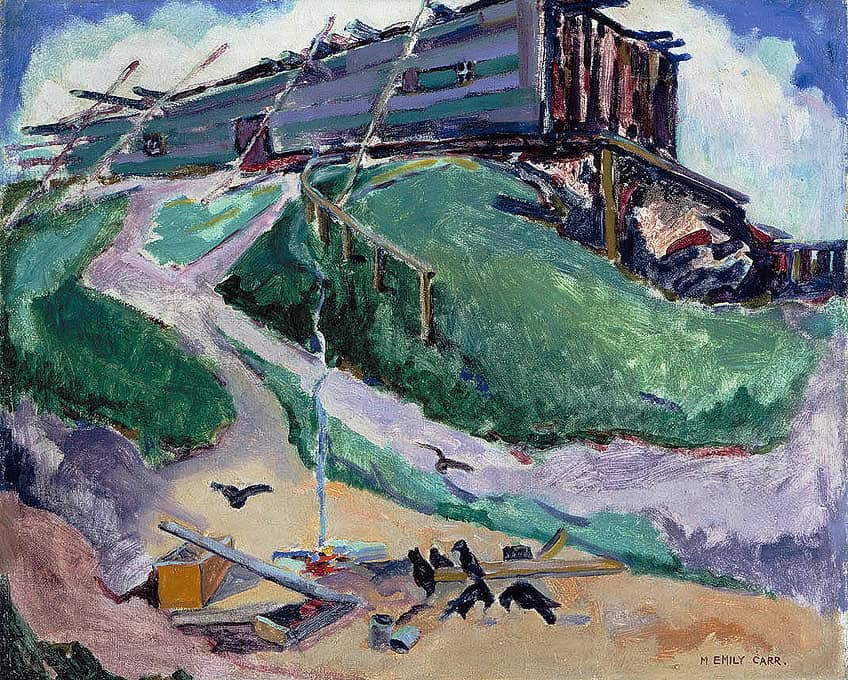
Carr passed away on March 2, 1945, in Victoria. She left behind a legacy as one of Canada’s most significant artists. Her work remains a testament to her dedication to portraying the beauty of British Columbia and the cultural richness of its First Nations communities.
Artistic Career and Evolution
Emily Carr’s artistic career was marked by significant phases, each reflecting her growth, influences, and the changing landscapes she painted. From her early works to her mature period, Carr’s evolution as an artist is notable for its depth and diverse influences.
Early Canadian Works
Emily Carr began her career focusing on the landscapes and life of British Columbia. Her early works were characterized by a delicate yet vivid portrayal of the Western Canadian scenery. She was particularly drawn to the forests, the coastline, and the rural settings around Vancouver. Carr’s paintings from this period captured the raw, untamed beauty of the Canadian wilderness. Her use of color and light helped her to create works that were both realistic and emotionally moving.
This phase laid the foundation for her later, more stylized artistic explorations.
Influence of Indigenous Cultures
A significant element in Carr’s work was her profound respect and fascination for the Indigenous cultures of the Pacific Northwest. She spent considerable time living among Indigenous communities, particularly among the Haida and Kwakiutl peoples.

Carr’s paintings often featured totem poles and village scenes. These works were not merely records of these communities but also interpretations imbued with her understanding and empathy. She aimed to capture the spiritual and cultural essence of the Indigenous people, and this profoundly influenced her style and subject matter.
Group of Seven Engagement
Emily Carr’s association with the Group of Seven, particularly Lawren Harris, was pivotal. Although not a formal member, her interactions with the group inspired her to adopt a more modernist approach. The Group of Seven was known for their innovative techniques and bold use of color, which resonated with Carr. Her style became more expressive, and she started to move away from detailed realism to more abstract and dynamic compositions. This shift allowed her to better convey the spiritual and emotional aspects of her subjects.
Exhibiting with the Group of Seven and the Canadian Group of Painters also brought her work to a wider audience.
Mature Period and Critical Success
In her later years, Carr’s work achieved greater recognition and success. Her paintings from this mature period were marked by fluid brushwork and a deep, expressive use of color. Themes of nature and spirituality became more prominent.

The National Gallery of Canada played a significant role in showcasing her work. Later exhibitions highlighted her innovative style and contributions to Canadian art. Despite facing health challenges, Carr continued to create impactful works until her death, solidifying her legacy as one of Canada’s most influential artists.
Artistic Accomplishments
Emily Carr is celebrated for her depictions of the wild landscapes of Western Canada and the cultural richness of its indigenous populations. Her work includes significant contributions to Modernist and Post-Impressionist art in Canada.
Important Artworks by Emily Carr
- The Indian Church (1929) is one of her most well-known pieces. It features a simple church set against a dark forest, highlighting the tension between cultures.
- Big Raven (1931) represents Carr’s connection to the spiritual aspects of the land and its creatures. The artwork captures a powerful raven in a natural setting, combining detailed brushwork with a sense of mysticism.
- Totem Walk at Sitka is another critical work, showcasing her focus on Indigenous totem poles and village scenes. The piece emphasizes the grandeur and cultural significance of these symbols.
These works are just a few examples of Carr’s influential and enduring legacy in Canadian art.

Literary Contributions
Emily Carr’s literary work is as significant as her visual artistry. Her books reflect her experiences with nature, Indigenous cultures, and her own life.
The Publication of Klee Wyck
Klee Wyck is Emily Carr’s first book, published in 1941. This collection of short stories focuses on her interactions with the Indigenous peoples of Canada and earned her the Governor General’s Literary Award. Carr’s writing is praised for its honesty and vivid descriptions. Each story in Klee Wyck captures her deep appreciation for Indigenous art and culture.
This book provides a compassionate look into the lives of the people she met and recorded in her stories.
Later Works and Autobiography
After Klee Wyck, Carr continued to write about her life and experiences. Her books, The House of All Sorts (1944) and Growing Pains (1946), offer insights into her personal journey as an artist and writer. The House of All Sorts describes her experiences turning her home into a boarding house to support herself financially. Growing Pains is an autobiography that covers her early years, her artistic growth, and her struggles. These works help readers understand Carr’s life beyond her paintings, showcasing her strength and resilience in the face of hardship.

Legacy and Recognition
Emily Carr’s impact on Canadian art and culture is immense, touching on her exhibitions, cultural influence, and numerous tributes. Her role as a pioneering figure in highlighting First Nations cultures and the natural landscapes of British Columbia remains unparalleled.
Posthumous Exhibitions
After her death, Emily Carr’s work gained significant attention. Her paintings were featured in prominent Canadian institutions like the Vancouver Art Gallery and the National Gallery of Canada. These exhibitions showcased her unique portrayal of the Canadian wilderness and Indigenous cultures. In the 1950s and 1960s, her art was honored in several retrospective exhibitions. These events highlighted her contribution to Canadian art and solidified her status as a significant figure in the art world.
Today, her work continues to be celebrated in galleries around the globe.
Influence on Canadian Culture
Emily Carr’s influence on Canadian culture extends beyond her lifetime. Her dedication to depicting the landscapes and First Nations history of British Columbia resonated deeply with the public. Her art offered a new perspective on Canada’s natural beauty and Indigenous heritage. Carr’s writings, especially her award-winning book, Klee Wyck, won her the Governor General’s Literary Award for Non-fiction. Through her paintings and prose, she helped shape Canadian cultural identity, inspiring countless artists and writers to explore similar themes.
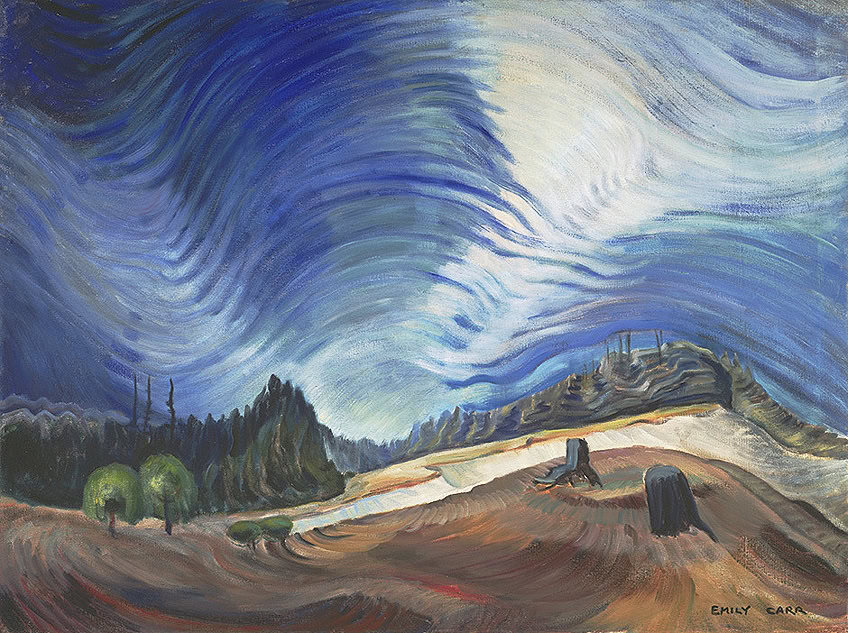
Commemoration and Tributes
Numerous tributes commemorate Emily Carr’s legacy. Various schools, streets, and buildings bear her name, honoring her contributions to Canadian art and culture. The Emily Carr University of Art and Design in Vancouver stands as a testament to her impact on education and the arts. Every year, art communities hold events to celebrate her achievements. Her work’s influence is also apparent in many contemporary Canadian artists who draw inspiration from her themes and techniques.
This ongoing recognition ensures her work remains vital to Canadian heritage.
Legacy of Emily Carr
Emily Carr’s legacy is deeply embedded in the fabric of Canadian art. She pioneered the integration of traditional Indigenous themes into modern art, creating a bridge between cultural histories. Her candid portrayal of the natural world and her surrounding communities has left an indelible mark on Canadian and global art.

Carr’s unique style and subject matter continue to be studied and admired. She broke barriers during her time, receiving posthumous appreciation and cementing her place as a Canadian icon. Her enduring legacy is celebrated through ongoing exhibitions, publications, and the continued relevance of her work in today’s cultural landscape.
Emily Carr’s legacy as a trailblazing artist and writer continues to resonate, inspiring new generations to appreciate the profound beauty of the Canadian wilderness and the rich cultural heritage of its Indigenous peoples. Her dedication to capturing the spirit of British Columbia through her dynamic and evocative works has cemented her place as one of Canada’s most esteemed artists. By transcending the artistic conventions of her time and embracing a deeply personal and expressive style, Carr not only enriched Canadian art history but also forged a path for future artists to explore and honor the natural and cultural landscapes of their own worlds.
Frequently Asked Questions
Was Emily Carr Part of the Group of Seven?
Emily Carr was not an official member of the Group of Seven, but she did share a close connection with them. The Group of Seven was a collective of Canadian landscape painters. Carr’s style and themes often aligned with theirs, focusing on nature and indigenous culture.
What Are the Notable Contributions of Emily Carr to Art?
Emily Carr’s work was pivotal in modernizing Canadian art. She is well-known for her expressive landscapes and depictions of Indigenous life. Her style evolved over time, incorporating more abstract elements. Despite her early struggles to gain recognition, her work is now celebrated for its boldness and originality.
What Impact Did Emily Carr Have on Canadian Culture?
Emily Carr’s art played a crucial role in bringing attention to the landscapes and Indigenous peoples of Canada. Her paintings and writings have inspired future generations of artists. Carr House, her childhood home, is now a historic site, continuing to educate people about her significance.
Isabella studied at the University of Cape Town in South Africa and graduated with a Bachelor of Arts majoring in English Literature & Language and Psychology. Throughout her undergraduate years, she took Art History as an additional subject and absolutely loved it. Building on from her art history knowledge that began in high school, art has always been a particular area of fascination for her. From learning about artworks previously unknown to her, or sharpening her existing understanding of specific works, the ability to continue learning within this interesting sphere excites her greatly.
Her focal points of interest in art history encompass profiling specific artists and art movements, as it is these areas where she is able to really dig deep into the rich narrative of the art world. Additionally, she particularly enjoys exploring the different artistic styles of the 20th century, as well as the important impact that female artists have had on the development of art history.
Learn more about Isabella Meyer and the Art in Context Team.
Cite this Article
Isabella, Meyer, “Emily Carr – A Pioneer of Modernism.” Art in Context. July 9, 2024. URL: https://artincontext.org/emily-carr/
Meyer, I. (2024, 9 July). Emily Carr – A Pioneer of Modernism. Art in Context. https://artincontext.org/emily-carr/
Meyer, Isabella. “Emily Carr – A Pioneer of Modernism.” Art in Context, July 9, 2024. https://artincontext.org/emily-carr/.




